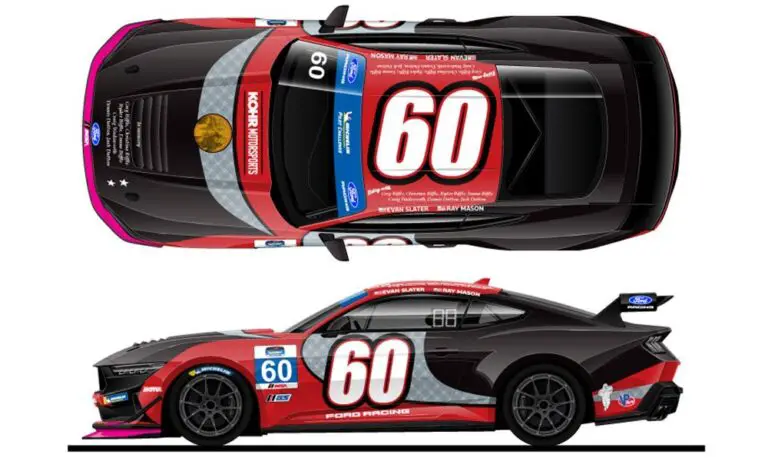
Rules are rules. But when the rules are nonsensical isn’t it time to change them? After Sunday’s NASCAR Cup Series Bank of America ROVAL 400 it is abundantly clear that the method of policing penalties involving chicanes at road courses in NASCAR needs an overhaul.
In Sunday’s race, not one, but two Playoff contenders were forced to serve penalties for missing a chicane around the 2.28-mile makeshift road course inside the Charlotte Motor Speedway facility, but there’s just one problem… neither driver drove through the chicane on their own volition.
With 22 laps to go, Bubba Wallace, who had worked his way into the 10th position, and was sitting just 10 points outside of the Playoff cutline, was involved in an incident with Austin Cindric and Daniel Suarez.
Contact from Suarez sent Cindric into the rear of Wallace, which sent Wallace spinning out in the chicane. As Wallace got his car righted, he drove through the painted section of the chicane in an effort to work his way back onto the track.
For context, here is a video of the incident that Wallace was involved in:
Bubba Wallace spins!
Daniel Suarez hit Austin Cindric, who gets into the No. 23! #NASCARPlayoffs | NBC pic.twitter.com/UXLlvjotFN
— NASCAR on NBC (@NASCARonNBC) October 8, 2023
By way of the spin, which was caused by contact from behind from another competitor, Wallace had dropped from 10th to 17th. A heartbreaking turn of events for Wallace.
Then came a black flag from NASCAR for Wallace “cutting” the chicane.
Did he make the chicane? No. If we’re being technical, yes, the rule was broken. However, Wallace didn’t choose to go through the chicane in any sort of attempt to gain an advantage. Rather he lost seven positions by being spun out of the chicane.
That was his penalty for someone else’s mistake.
Then came an additional stop-and-go penalty from NASCAR to rub salt in the wound, and it effectively ended any hope Wallace had of rallying back into contention for advancement into the Round of 8 of the Playoffs.
It was a horrendous, yet robotic by-the-book call when any human judgment call would say no penalty should be enforced for that incident. But the chicane ruling chaos wouldn’t end there.
With 17 Laps remaining, Brad Keselowski, who was bearing down on Ross Chastain, began to spin into the chicane on the frontstretch. Chastain’s spotter or Chastain himself noticed the situation and saw that Keselowski was barreling directly toward his No. 1 Chevrolet Camaro ZL1, and Chastain took action to avoid contact.
The only way to avoid the No. 6 car was for Chastain to cut to the inside of the exit of the chicane. He did just that, as Keselowski skidded through the section of real estate that Chastain had been occupying.
Chastain, like Wallace, did not cut the chicane to gain an advantage. They ended up there due to additional circumstances. Yet, like Wallace, Chastain was penalized. And like Wallace, this effectively ended Chastain’s hopes of a NASCAR Cup Series championship.
The glaring issue with the chicane penalties that were assessed to Wallace and Chastain on Sunday is that the current penalty system can easily be gamed by teams who are looking to get a teammate through to the next round of the Playoffs.
By nudging, or forcing a Playoff contender into the no-no painted zone of a chicane, you force that same driver, who may have been spun, or thrown off line, to then also serve a stop-and-go penalty on top of it. All the while, the driver who forced the penalized driver off track to create the situation gets to keep cruising like nothing ever happened.
It’s an unjust, ass-backward system, and after Sunday’s Bank of America ROVAL 400 at the Charlotte Motor Speedway, it’s clear that it needs to be looked at seriously by NASCAR before someone utilizes this type of ruling as a way to alter the outcome of a Playoffs race somewhere down the line.













